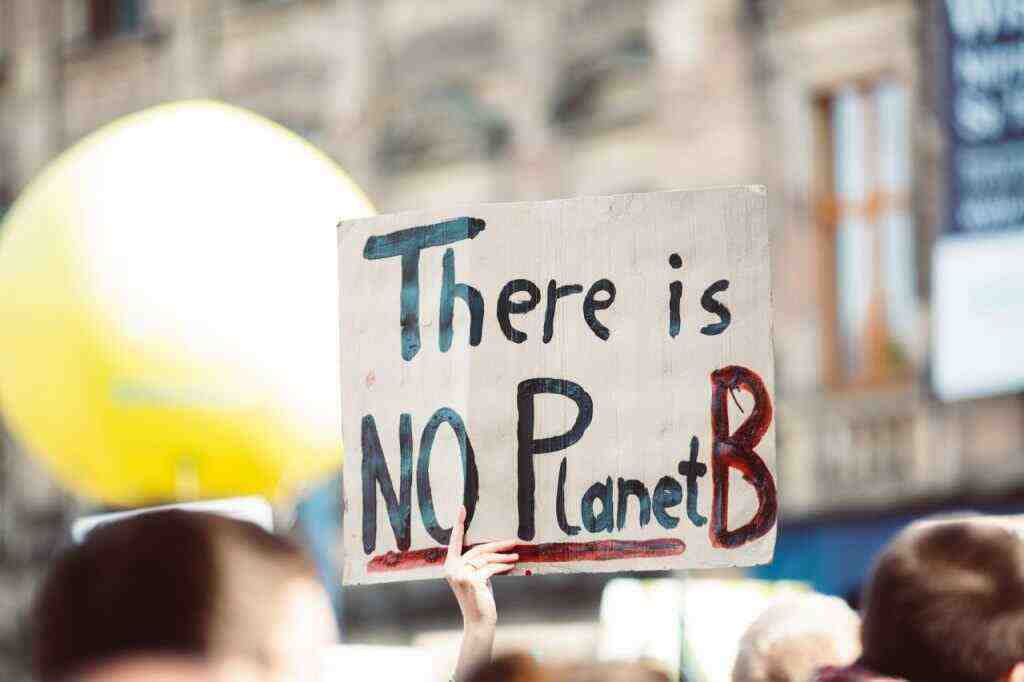Evolution’s Race Against Climate Change: Unveiling Nature’s Potential for Rapid Adaptation
Introduction
Amidst the ceaseless transformations of the natural world, plants and animals persist in their quest to adapt to novel habitats and evolving environmental conditions. Evolution, the driving force behind life’s resilience, offers a pathway for organisms to navigate these changes. However, as human-induced climate change accelerates environmental shifts, a crucial question arises: Can evolution keep pace with the unprecedented rate of change?
The Surprising Capacity for Adaptation
Contrary to traditional notions of gradual evolutionary processes unfolding over vast timescales, recent research has revealed the remarkable capacity of some species to adapt much more swiftly. This newfound understanding challenges the conventional view of evolution as a slow and steady process, opening up new avenues for exploration into the factors that govern the pace of adaptation.
Rapid Evolutionary Responses: A Glimmer of Hope
A comprehensive review of existing research, conducted by Sarah Diamond and her colleagues, delves into the realm of rapid evolution. Their findings provide encouraging evidence of species possessing the ability to evolve climate-relevant traits at rates comparable to the pace of climate change.
Essential Ingredients for Evolutionary Success
Andrew Whitehead, an evolutionary biologist, emphasizes the significance of large and genetically diverse populations in facilitating rapid adaptation. Genetic variation serves as the raw material for evolutionary change, and species with abundant genetic diversity possess a greater reservoir of potential adaptations.
Case Study: Atlantic Killifish – A Model of Resilience
Whitehead’s research on the Atlantic killifish exemplifies the remarkable adaptive potential of species. Despite inhabiting estuaries heavily polluted by industrial activities, these small fish have thrived due to their exceptionally high levels of genetic diversity. This genetic variability has enabled them to develop resistance to various pollutants, demonstrating the power of genetic diversity in driving rapid adaptation.
The Role of Hybridization in Adaptation
Luciano Beheregaray, a molecular ecologist, highlights the role of hybridization as a potential catalyst for adaptation. By interbreeding with closely related species, animals can acquire advantageous traits that enhance their resilience to changing conditions.
Case Study: Rainbowfish – Embracing Hybridization for Survival
Beheregaray’s studies on rainbowfish populations illustrate the benefits of hybridization. As water temperatures rise due to climate change, rainbowfish species adapted to cooler temperatures at higher elevations are facing challenges. However, through hybridization with their warm-adapted counterparts from lower elevations, these cold-adapted populations are gaining genetic advantages that increase their resilience to warming waters.
Additional Strategies for Adaptation
Beyond genetic diversity and hybridization, Ryan Martin, an evolutionary ecologist, identifies other mechanisms that species employ to cope with climate change. These include relocating to microhabitats with suitable temperature ranges and adjusting behavior to be more active during cooler periods.
Winners and Losers: The Future of Species
Despite these adaptive strategies, Diamond cautions that the pace of climate change may outstrip the capacity of some species to adapt. Marine animals with small populations and long life spans, such as whales, are particularly vulnerable to extinction. Additionally, species with temperature-dependent sex ratios, like sea turtles, may face significant challenges.
In contrast, smaller organisms with rapid lifecycles, such as squid and copepods, are more likely to thrive in the changing climate. This disparity in adaptive potential will likely reshape marine communities, leading to a shift in species composition and ecological dynamics.
Unveiling the Butterfly Effect: Predicting Ecosystem Shifts
Predicting the precise consequences of these evolutionary changes on ecosystems remains a daunting task. Diamond emphasizes the complexity of understanding the cascading effects of losing key ecosystem services. The full implications of these transformations on the functioning and resilience of ecosystems remain largely unknown.
Conclusion: A Race Against Time
As climate change continues to reshape the planet, evolution stands as a beacon of hope, offering some species the potential to adapt and persist. Yet, the unprecedented pace of environmental change poses a formidable challenge to life’s ability to keep pace. Understanding the factors that influence the rate of evolution is crucial for identifying species most at risk and developing conservation strategies to mitigate the impacts of climate change. The future of life on Earth hinges on evolution’s capacity to outpace the relentless march of climate change.
